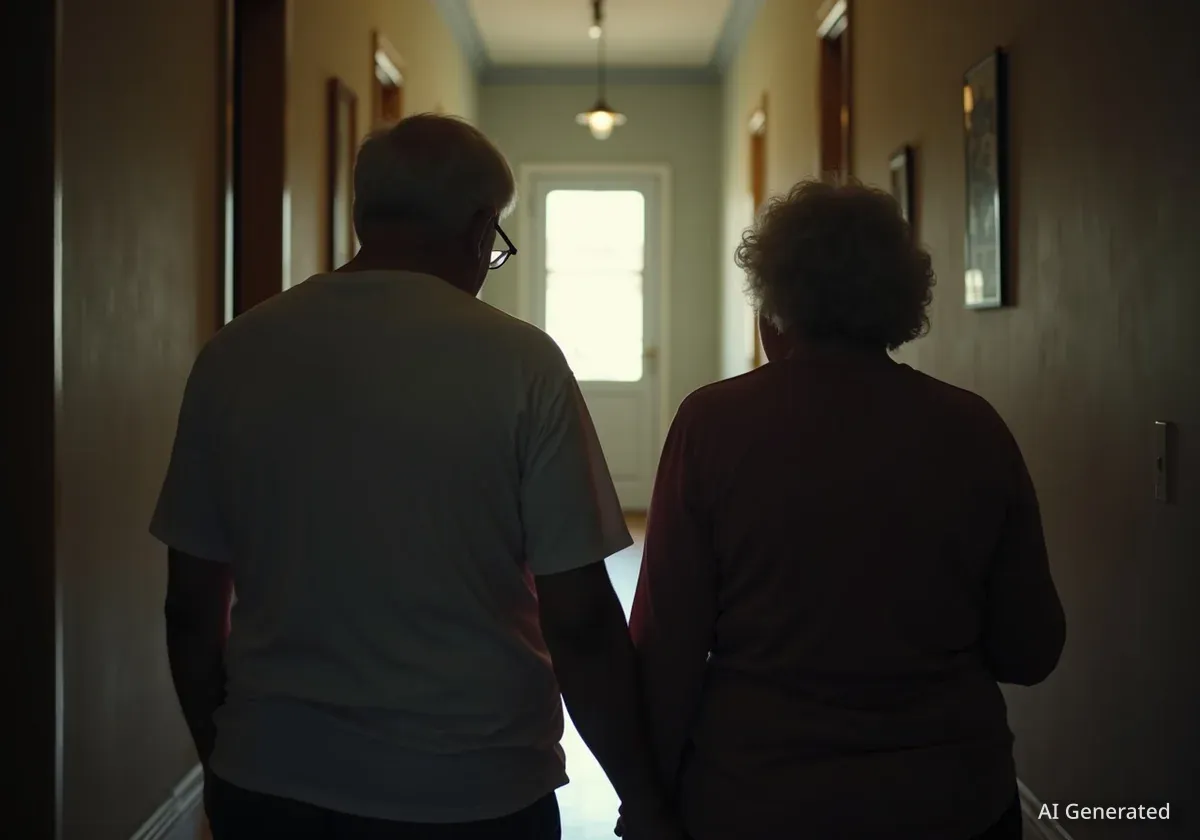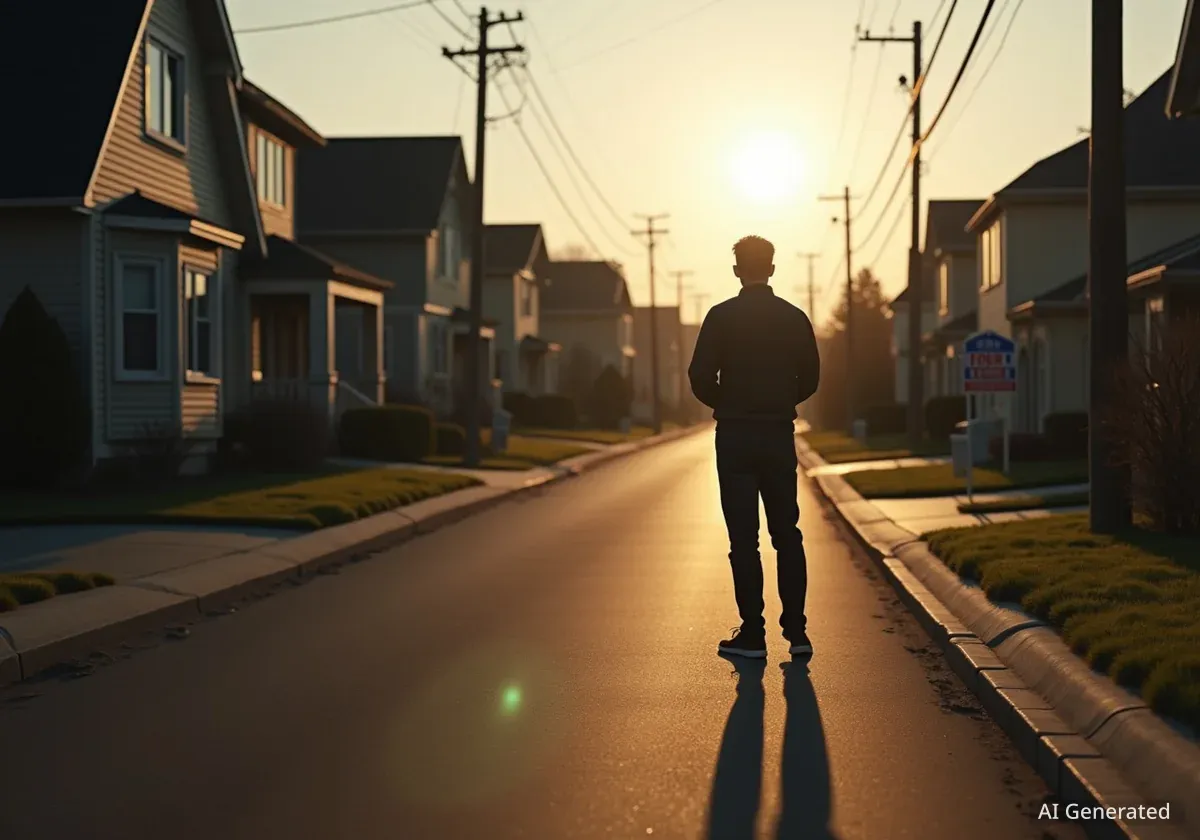Greater Cincinnati is confronting a significant housing shortage for nearly 12,000 adults with intellectual or developmental disabilities (I/DD). As their family caregivers age, a lack of suitable and varied living options presents an urgent challenge for thousands of families across the region.
A recent housing market analysis highlights the scale of the issue, revealing that 39% of adults with I/DD who live with caregivers are supported by someone over the age of 61. This demographic shift is forcing a difficult conversation about the future of housing and support for this vulnerable population.
Key Takeaways
- Nearly 12,000 adults with I/DD in Greater Cincinnati require sustainable long-term housing solutions.
- A new study shows 39% of caregivers for this population are over 61 years old, creating an urgent need for planning.
- Families face significant barriers, including high rent costs and complex regulations surrounding Medicaid waiver services.
- Private developers like EmpowerMe Living are beginning to create innovative housing, such as a neuro-inclusive microhome project in Oxford, Ohio.
- Experts stress the need for a diverse range of housing options to accommodate varying levels of independence and support needs.
An Overlooked Housing Challenge Emerges
In Greater Cincinnati, thousands of families are quietly navigating a housing landscape ill-equipped for their needs. The core of the problem lies in the limited availability of appropriate housing for adults with intellectual or developmental disabilities. For many, like 25-year-old Joe Kline, 30-year-old Ali Byrne, and 29-year-old Colin Spritzky, living with their parents has been a stable solution. However, this arrangement is not permanent.
As their parents and primary caregivers grow older, these families must consider what comes next. The question of where their adult children will live safely and with dignity becomes a pressing concern. The common misconception is that most individuals with disabilities reside in group homes, but the reality is that a large percentage live with family.
By the Numbers
According to a new housing market analysis for the Greater Cincinnati area, nearly 12,000 people with I/DD will eventually need an alternative to living with family caregivers. The study also found that 39% of these caregivers are over the age of 61, underscoring the urgency of the situation.
The Barriers to Independent Living
Planning for the future is a complex task for these families, made more difficult by a series of systemic obstacles. The rising cost of rent in the region is a primary barrier, making many standard apartments financially inaccessible for individuals who may have limited incomes.
Furthermore, navigating the rules for public assistance presents its own challenges. Many families rely on Medicaid waiver services to fund essential support for their loved ones. However, regulations can restrict how and where these funds can be used, often limiting choices to specific types of certified settings and making more independent or creative housing models difficult to pursue.
Understanding Medicaid Waivers
Medicaid waivers are programs that provide funding for long-term care services in community settings rather than institutions. While vital, their application in non-traditional housing can be complicated, creating a hurdle for families seeking customized living arrangements that promote greater independence.
Innovative Solutions on the Horizon
In response to this growing need, some private developers are beginning to explore new models for supportive housing. One such organization is EmpowerMe Living, a real estate developer based in Anderson Township focused on creating unique solutions for this specific population.
EmpowerMe Living was identified through a public records request related to modular housing initiatives in Cincinnati. While their primary focus wasn't modular construction, their approach shares similar principles: creating housing that is affordable, can be built quickly, and is easily replicable.
"The goal is to build creative housing solutions that address the specific needs of this population," a representative familiar with the project noted, emphasizing the need to move beyond traditional models.
A Microhome Project in Oxford
EmpowerMe Living is now developing a microhome project in Oxford, Ohio, designed specifically for adults with I/DD. This project aims to provide a supportive community environment while fostering independence. The design principles focus on affordability and speed of construction, allowing the model to be potentially scaled and adapted for other locations.
The units themselves are being designed with specialized features to support residents. This includes neuro-inclusive interiors and sensory-friendly elements, which can significantly improve the quality of life for individuals with sensory sensitivities or other neurological differences.
The Need for a Spectrum of Choices
While projects like the one in Oxford are a promising step forward, advocates and families emphasize that there is no single solution to this housing crisis. The population of adults with I/DD is incredibly diverse, with a wide spectrum of abilities and support needs. Some individuals require significant, long-term care, while others are capable of living almost entirely independently with minimal support.
Effective long-term planning must account for this diversity. The most critical factor is the availability of a variety of housing options. This includes everything from supported apartment communities and small group homes to independent living units with access to on-call support.
Key Considerations for Future Housing
- Affordability: Rent or home prices must be accessible to individuals on fixed or limited incomes.
- Transit Access: Proximity to public transportation is crucial for employment, healthcare, and community integration.
- Support Services: The ability to easily access necessary care and support services is non-negotiable.
- Choice and Independence: Like everyone else, adults with I/DD deserve to have a choice in where and how they live.
Ultimately, addressing the housing needs of Greater Cincinnati's I/DD community requires a multi-faceted approach. It involves not only the construction of new physical spaces but also the reform of policies that limit choice and the collaboration of private developers, non-profit organizations, and government agencies. For thousands of families, finding these solutions is not just a matter of real estate—it's about ensuring a secure and fulfilling future for their loved ones.





